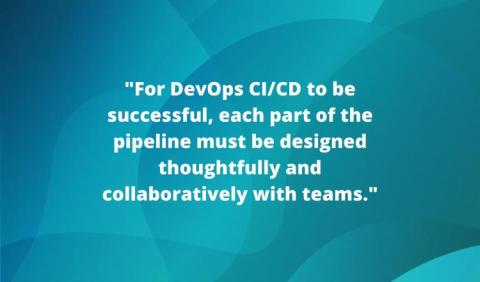Operations | Monitoring | ITSM | DevOps | Cloud
Latest News
Deploy Iron Bank-Approved Artifactory/Xray on AWS GovCloud and RKE2
Dead Evil: A Software Supply Chain Possession
Deep in the woods, where trees are black and the air is thick, steam rises wistfully across the damp ground. A single dirt track, barely wide enough to pass, scars the terrain for what seems like an endless number of miles. It winds its way through the mountains and valleys, across a rickety bridge over a cavernous ravine, before plunging back into darkness, the trees bending over as if to grasp those passing through. Finally, in a small clearing, a lonely decrepit wooden cabin reveals itself.
Package Delivery Networks: How They Differ From CDNs
A crucial part of effective package management is package distribution. Whether you are dealing with distributed development teams, deploying a distributed application or even if you are a software vendor, you need efficient, performant and reliable delivery of your software packages or artifacts. And for that, you need infrastructure. Lots of infrastructure. To deliver software globally, at low latencies, you’ll need infrastructure in many regions, preferably as many as possible.
Introducing Test Insights with flaky test detection
The CircleCI Insights dashboard was designed to help you improve your delivery efficiency. We launched the dashboard a year ago to provide teams with actionable data for optimizing your pipelines. Since then, we’ve been listening to your feedback. By far, the most requested functionality is the ability to gain further visibility into test performance.
A guide to personal retrospectives in engineering
Retrospectives are a well-established resource in the software and systems engineering toolbox. From sprint retros through to post-incident reviews, we look back on our work to learn from it and to get better. We can apply the same ideas to our professional practice with a personal retrospective: writing an analysis of our experiences to learn as much as possible. We could look over a whole year of work, or focus more closely on a particular project.
Monitor your CircleCI environment with Datadog
Datadog CI Visibility provides a unified platform for monitoring your CI/CD pipelines. Now, we are partnering with CircleCI to extend that same critical visibility to your CircleCI environment. Datadog’s integration uses CircleCI webhooks to capture information about the status and performance of your workflows and associated jobs, such as a job’s duration and whether or not it failed or was canceled.
API contract testing with Joi
When you sign a contract, you expect both parties to hold their end of the bargain. The same can be true for testing applications. Contract testing is a way to make sure that services can communicate with each other and that the data shared between the services is consistent with a specified set of rules. In this post, I will guide you through using Joi as a library to create API contracts for services consuming an API.
Metrics for improved Docker container management and performance
When running a cloud service, it’s never good for customers to be the first people noticing an issue. It happened to our customers over the course of a few months, and we began to accumulate a series of reports of unpredictable start-up times for Docker jobs. At first the reports were rare, but the frequency began to increase. Jobs with high parallelism were disproportionately represented in the reports.











